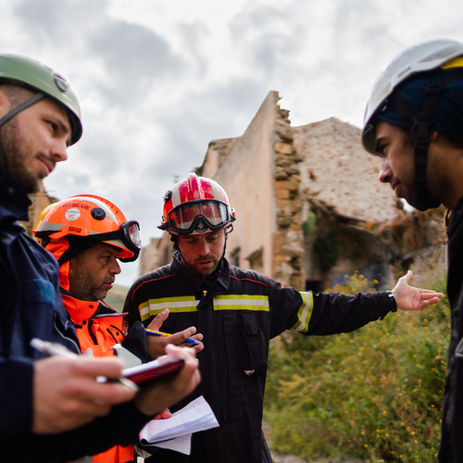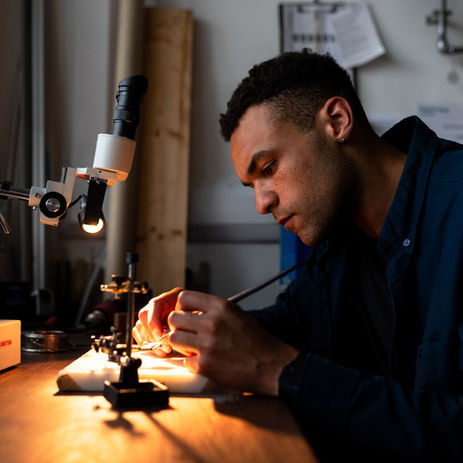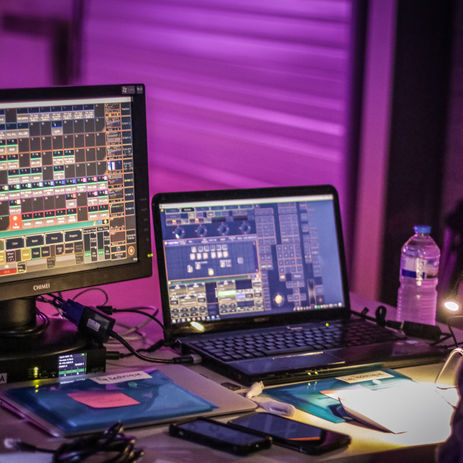High-Level Problem Solving
Deep abstract reasoning to see the big picture in order to understand how various interconnected elements influence one another within a whole.

Action Items
Understand the Problem Solving Process
Solving a problem means figuring out how to get from where you are (the problem) to where you want to be (the solution). Think of it like being a detective: you start with a mystery (the problem), like your toy car not moving, and your goal is to solve it (the solution), which is getting the car to go! This process isn't just about finding the right answer, but learning how to investigate, explore different ideas, and find the best path forward, much like navigating a maze to reach the cheese at the end.
Engage in Problem-Solving Games and Activities
-
Age-Appropriate Responsibilities
-
Puzzles: Jigsaw puzzles, shape sorters, and logic puzzles help with spatial reasoning and sequential thinking.
-
Board games: Many board games require strategic thinking, planning, and adapting to changing circumstances (e.g., chess, checkers, Candyland for younger kids).
-
Building toys: LEGOs, Duplos, magnetic tiles, and K'nex encourage design, planning, and overcoming structural challenges.
-
Scavenger hunts/Riddles: These require deductive reasoning and following clues to reach a solution.
-
Coding games (age-appropriate): Apps like Kodable, Lightbot, or even simple unplugged coding activities introduce logical sequencing and algorithmic thinking.
Give Freedom to Solve Everyday Problems
-
Never Do For a Child What a Child Can Do For Themselves
-
Normalize mistakes: Teach them that mistakes are learning opportunities. "Oops! That didn't work. What did we learn from that? What can we try next?"
-
Teach Emotional Regulation (Crucial for Persistence)
-
Focus on the process, not just the outcome: Praise their effort and persistence, not just whether they got the "right" answer. "You really kept trying different ways to make that tower stand, and look, it worked!"
-
Provide forgiving materials: Blocks, play-doh, art supplies, and sand allow for endless experimentation and easy "re-dos" when things don't go as planned.






















